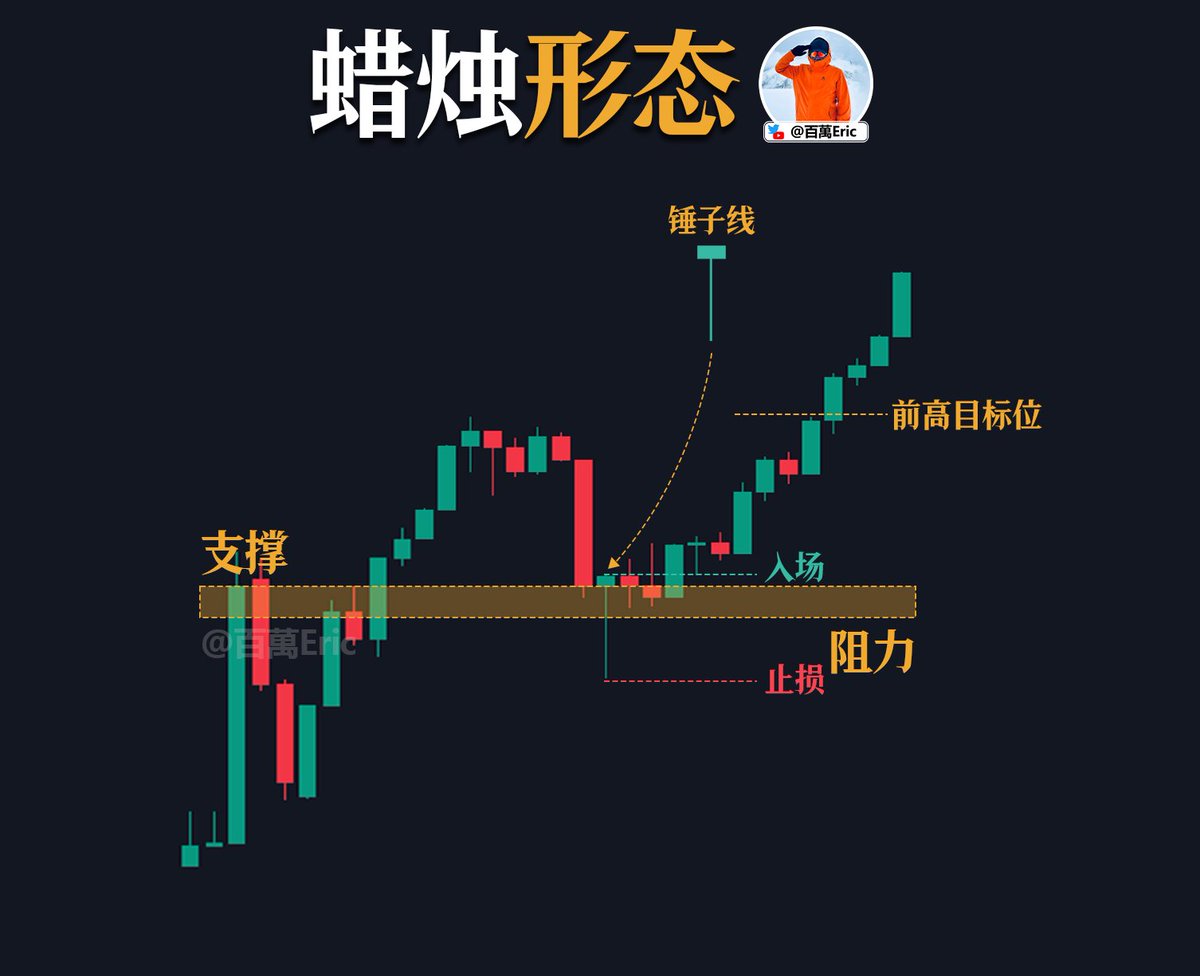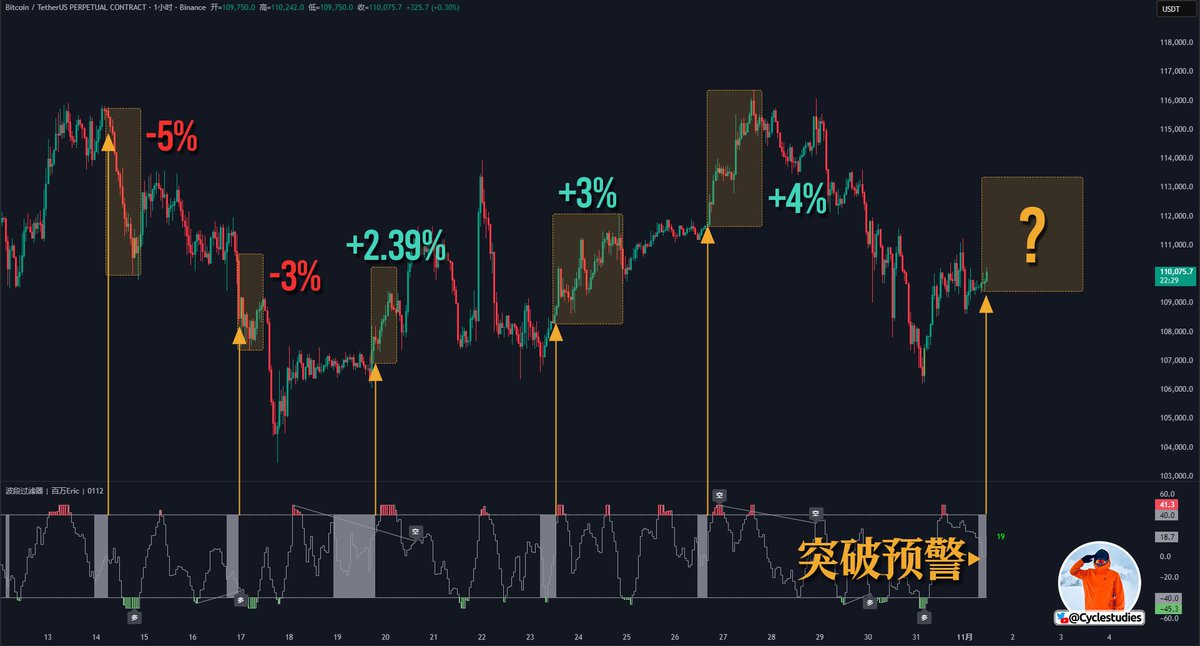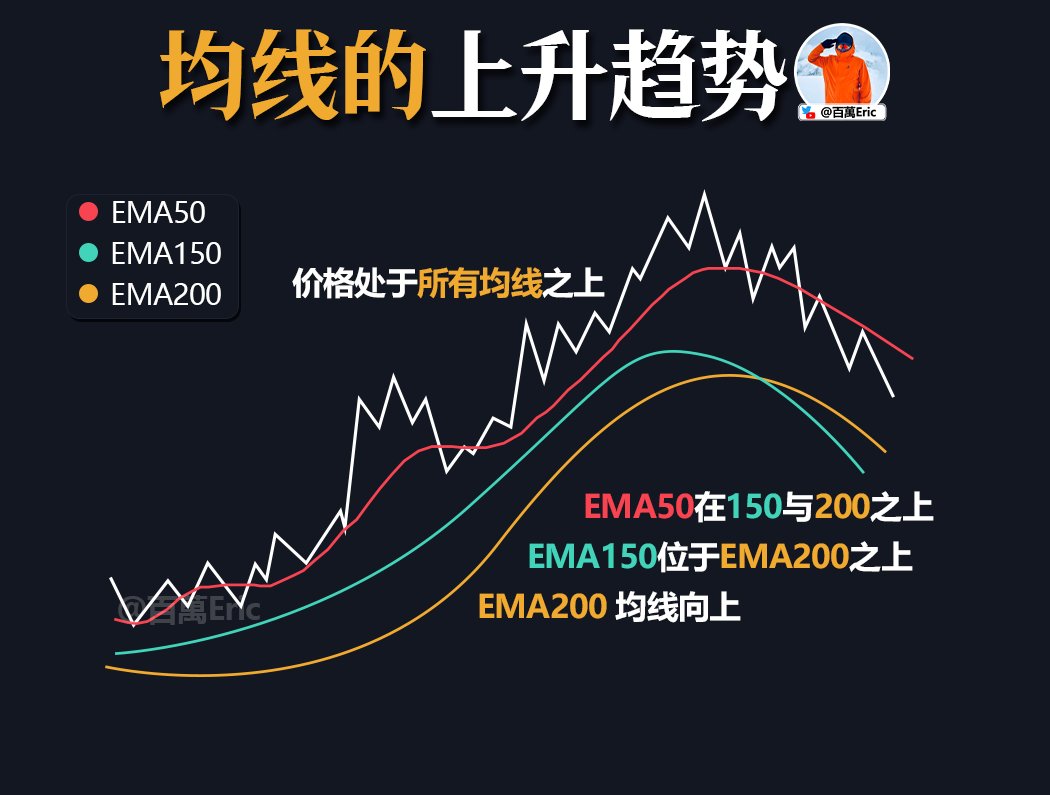In a downtrend, prices typically follow this pattern:
Lower highs → Support levels repeatedly breached → Narrowing trading range → Accelerated decline.
Each lower high confirms renewed selling pressure.
Each break below support confirms the continuation of the trend.
When a long lower shadow appears for the first time after an accelerated decline, it often indicates weakening selling momentum and the emergence of bargain hunters.
However, this does not necessarily signify a reversal; it only suggests a possible slowdown in the pace.
To determine if a trend has ended, the key is whether the price can regain the highs and lows of the previous wave.
As long as the structure is not broken, the trend remains valid. In other words, use price action to indicate the trend direction, rather than as a percentage of price movement.
Price Converter
- Crypto
- Fiat
USDUnited States Dollar
CNYChinese Yuan
JPYJapanese Yen
HKDHong Kong Dollar
THBThai Baht
GBPBritish Pound
EUREuro
AUDAustralian Dollar
TWDNew Taiwan Dollar
KRWSouth Korean Won
PHPPhilippine Peso
AEDUAE Dirham
CADCanadian Dollar
MYRMalaysian Ringgit
MOPMacanese Pataca
NZDNew Zealand Dollar
CHFSwiss Franc
CZKCzech Koruna
DKKDanish Krone
IDRIndonesian Rupiah
LKRSri Lankan Rupee
NOKNorwegian Krone
QARQatari Riyal
RUBRussian Ruble
SGDSingapore Dollar
SEKSwedish Krona
VNDVietnamese Dong
ZARSouth African Rand
No more data









